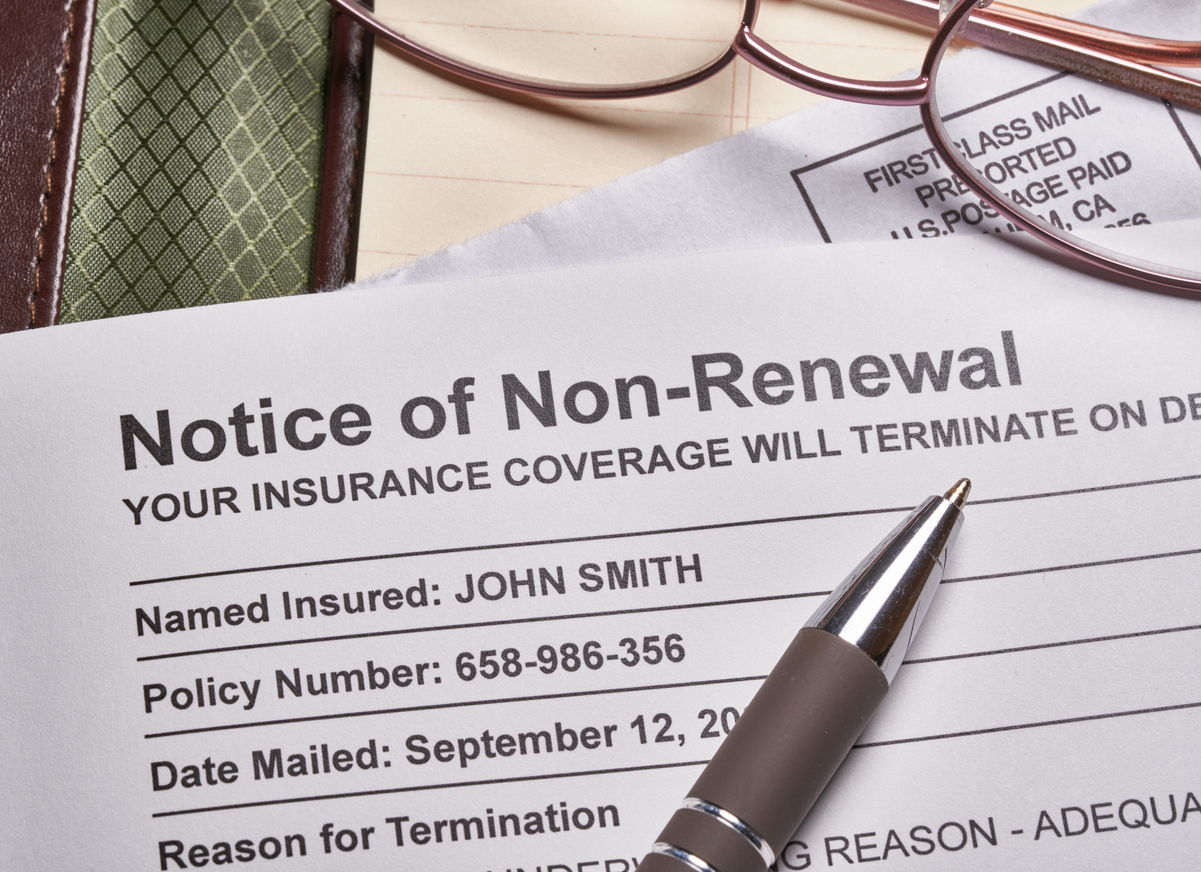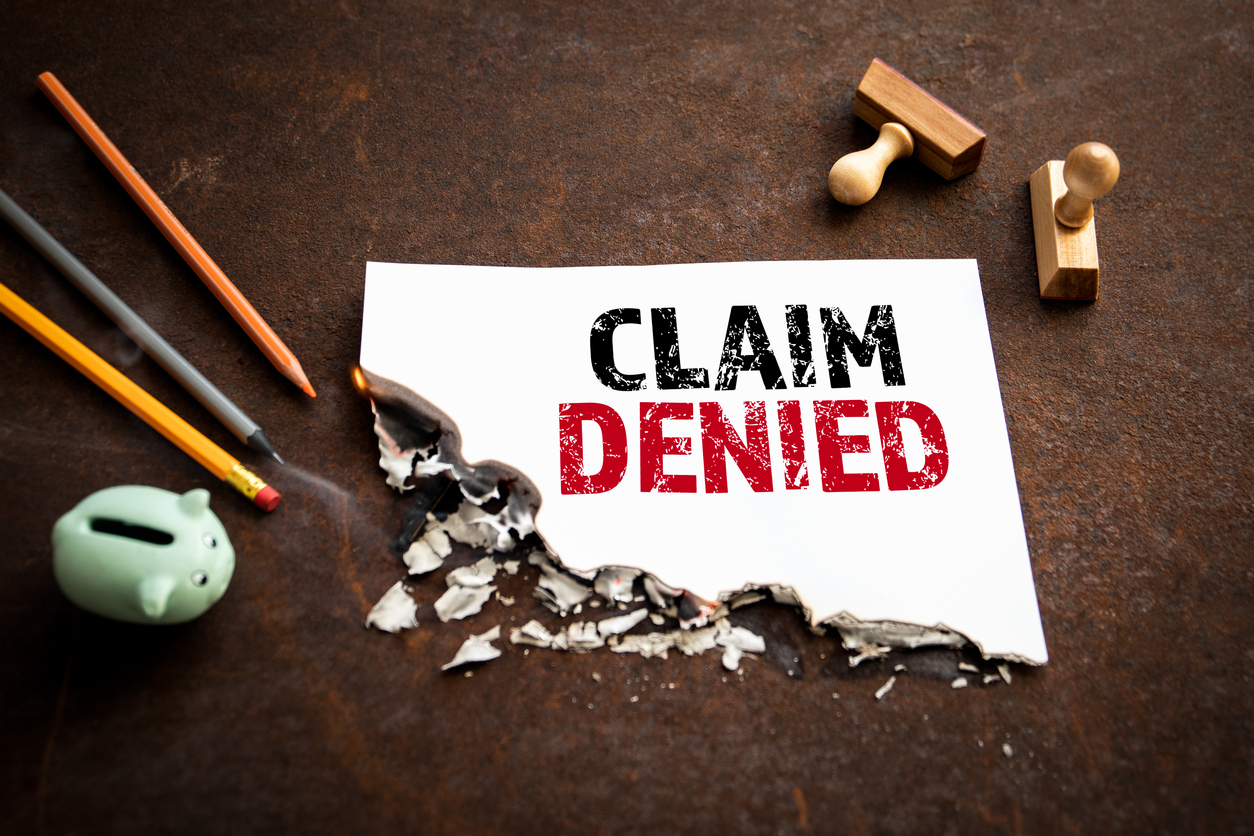We started the 2024 wildfire season early this year on account of warmer than average temperatures in May and June on the heels of a wet winter and spring. We are well on our way to one million acres or more by the end of August. There are some critical factors this year to ponder before taking on property insurance claim disputes.
The elephant in the room is the affordability and availability crisis. Insurance companies have increased non-renewals and outright halted sales of new policies. The culprit is Prop 13, an old legal roadblock preventing insurers from using forward-looking catastrophe models to accurately price policies. In addition, insurers complain about rate approval delays resulting from an alleged abuse of an intervenor process that lets consumers challenge proposed rate hikes.
Once called the “insurer of last resort,” the California FAIR Plan is now the “insurer of only resort.” Legally, the association must guarantee basic fire coverage to almost anyone. However, they are not cheap policies, and the FAIR Plan is at risk of failure. It is not state-run like many think. It’s an association of private insurance companies. There is an inverse ratio between the number of policies issued and its member companies’ financial obligations, as those obligations are proportionate to their share of the dwindling standard policy market. The only backstop proposed to date is imposing a failure surcharge on all policyholders—not a macroeconomic solution or politically popular.
Claims will also, at least theoretically, be more expensive for insurers due to new laws that make it easier to get a claim paid. It starts, in fact, with new underwriting laws that have caused insurers to write higher-limit policies. 1 For a claim, insurers now must cover evacuees’ housing expenses for at least two weeks even if they don’t have property damage. 2 If there is property damage, insurers must immediately advance four months of living expenses, cover them for longer overall, and give insureds more time to rebuild. 3
Insurers also need to pay more upfront with fewer roadblocks in place. Insurers now must offer no less than 30% of the personal property limit for a total loss to a furnished home. 4 Getting the other 70% is now much easier thanks to laws allowing inventories based on broad categories of items. 5 Homeowners can also use otherwise untapped limits for other structures to cover shortfalls in rebuilding the main home. 6
With these new issues in the background, how this wildfire season impacts claim handling and the future of the insurance market is of critical importance. We have enjoyed a relatively nice break from wildfires over the last four years. Hopefully, the industry is still standing after it’s all said and done.
1 See, e.g., 10 Cal. Ins. Code § 2695.183.
2 Insurance Code § 2060(a).
3 Insurance Code §§ 2061(a)(1), 2051.5(b), 2060(b).
4 Insurance Code § 10103.7.
5 Insurance Code §§ 2061(a)(2)-(3).
6 Insurance Code § 10103.7(a).




